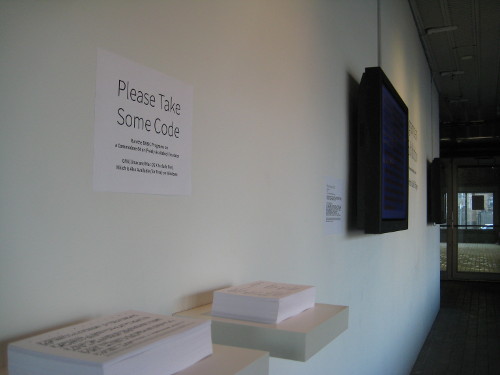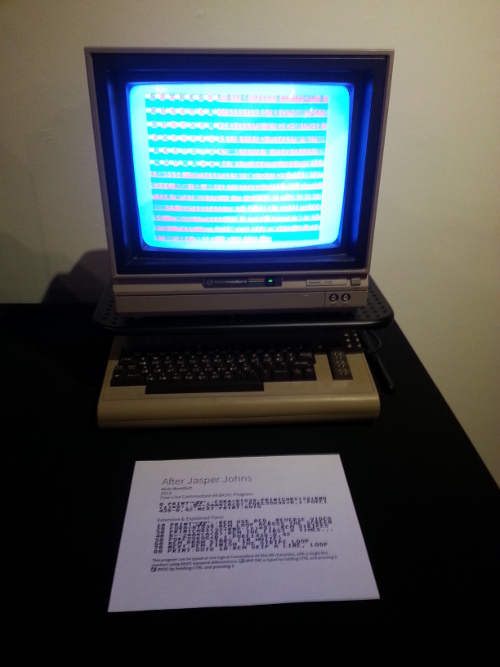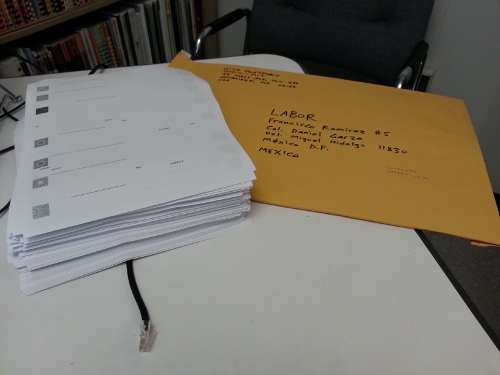Are Poems Conceptual Art’s Next Frontier?
[Some excerpts.]
… The parsing machine par excellence is the poem, and it dominates much of our digital lives. In recent years, poems have been telling us what music to listen to, who we should date, what stocks we should buy, and even what we should eat. It comes as no surprise, then, that it should also tell us what art we should view. But what happens when the art we are looking at becomes the poem itself?
… Are poems art? What happens to the intellectual property at the point of sale? What is actually acquired when one purchases a poem? Who would even buy a poem?







